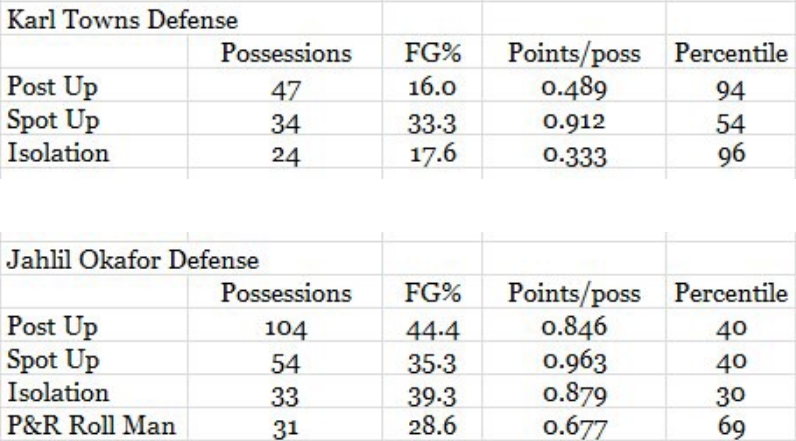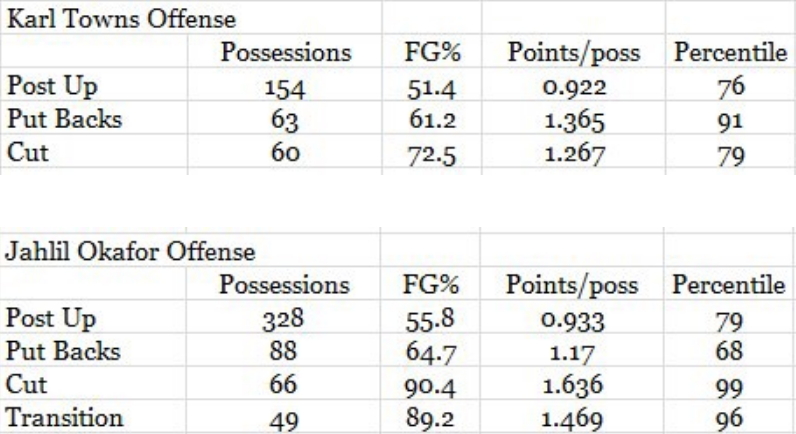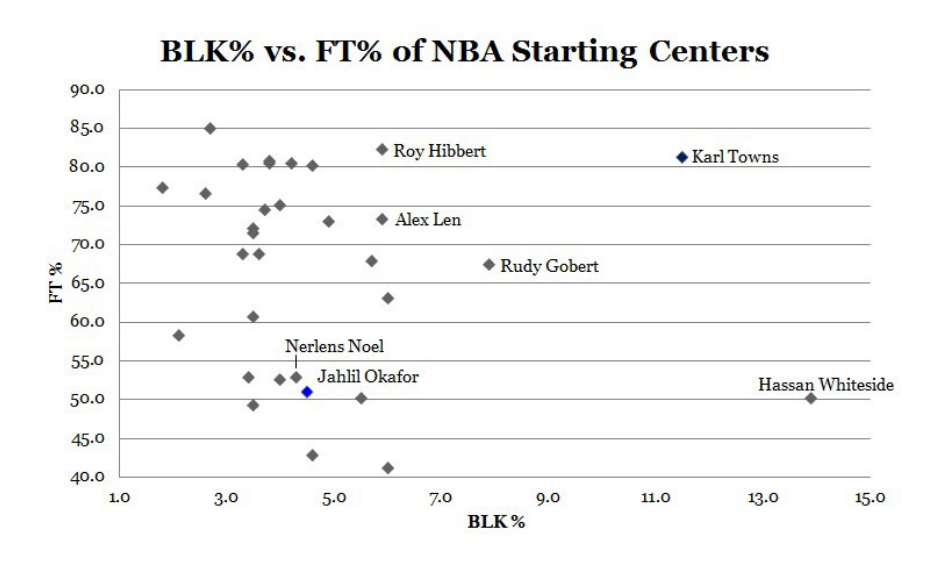- 20,396
- 14,184
- Joined
- Jul 18, 2012
Bro...I forgot Isiah was running the show for the WNBA team. Zeke is the teflon don to Dolan.
He's gonna end up being Knicks prez, not before long.
Dude has to know where the bodies are buried, unbelievable what he's gotten away with.
I just don't get it

Year 1 wasYikes...U think he'll do that?
What exactly was he suppose to do in Year 1? Realistically speaking. This summer is his true test, if Knicks strike out BIG this summer, complete failure.
Going to be an interesting offseason for the Knicks. Haven't had cap space since NY Undercover was on Fox. I wonder what the plan is for Phil?

 and Jae Crowder (2.7) in 2012.
and Jae Crowder (2.7) in 2012. I'm like those #BBB dudes on cis
I'm like those #BBB dudes on cis 




